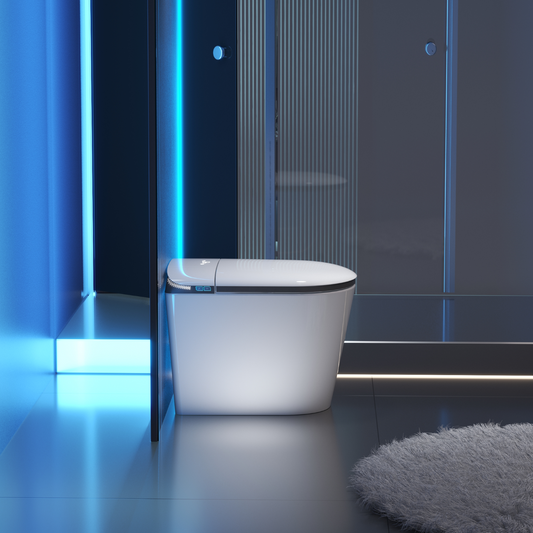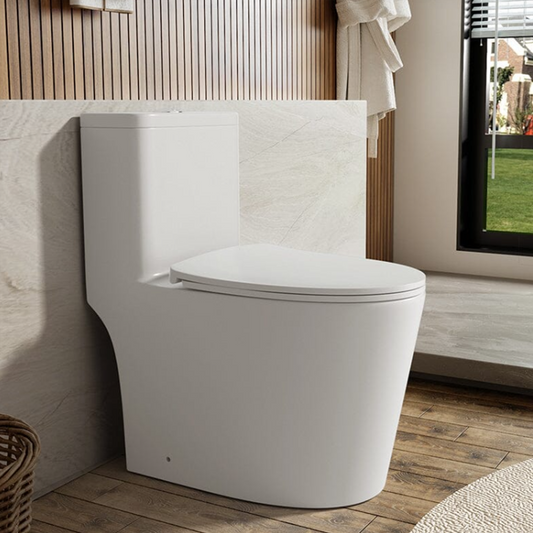A Look at Its History
The design inspiration for the slipper bathtub comes from ancient foot baths and first appeared in 19th-century Europe, continuing to be popular today. During the Victorian era, personal privacy became paramount, yet most people bathed in public baths, leading to an awkward and intimate atmosphere. This is where the slipper bathtub gained popularity. Its high-raised end creates a natural barrier, effectively shielding sensitive areas. Additionally, the high back provides extreme comfort and support, allowing bathers to relax both mentally and physically. The design quickly became favored among nobles seeking both practicality and opulence in bathroom fixture.
The earliest slipper bathtubs were made of cast iron with an enamel coating for additional insulation and a smooth touch, and featured clawfoot designs. While these classic bathtubs have a long history, their retro style remains popular even in the 21st century. As tastes evolved, modern slipper bathtubs are now more commonly made of solid surfaces or acrylic materials, with flat-bottom designs to reduce pressure on the floor.
The Appeal of Slipper Bathtubs
Elegant Design
Slipper bathtubs are renowned for their distinctive shape and graceful curves, making them not just practical fixtures but also works of art. The high back design resembles a throne, offering a regal feel, while the lower back design, though less noticeable, is equally ingenious. Regardless of your bathroom style, the elegant design and craftsmanship of a slipper bathtub instantly elevate the overall ambiance, adding a touch of high-end luxury.
Ultimate Comfort
Unlike traditional bathtubs, slipper bathtubs feature an ergonomic high back design that perfectly supports the head and neck while relaxing the back. This design is especially friendly for those seeking ultimate relaxation after a long day, allowing you to fully unwind every muscle with no extra effort. Additionally, YBS BATH Home’s slipper bathtubs enhance comfort with extra insulation layers, ensuring the water temperature is maintained for extended soaking sessions.
Freestanding Design
Almost all slipper bathtubs are freestanding, making installation simple with just a drain and sufficient space needed. Freestanding designs offer various material and shape options, such as acrylic, solid surfaces, cast iron, and copper. Bottom designs include clawfoot and flat-bottom types, with the former suited for vintage-style bathrooms and the latter being more practical. If you opt for an acrylic flat-bottom slipper bathtub, make sure to inquire about the fiberglass reinforcement structure at the bottom, as acrylic tubs are hollow and reinforced with fiberglass to prevent collapse.




